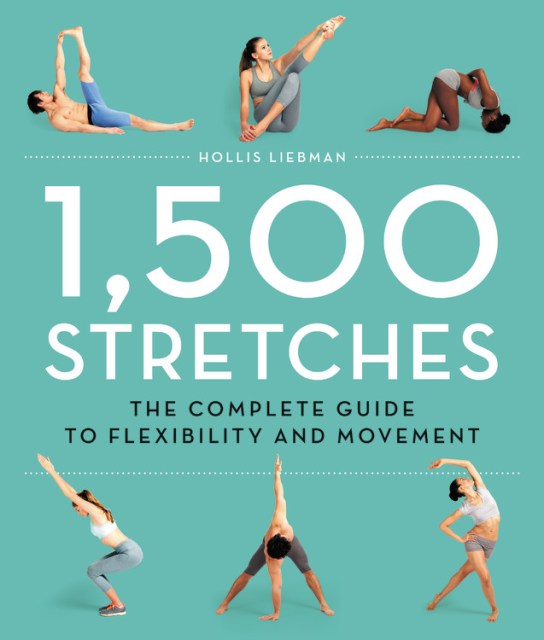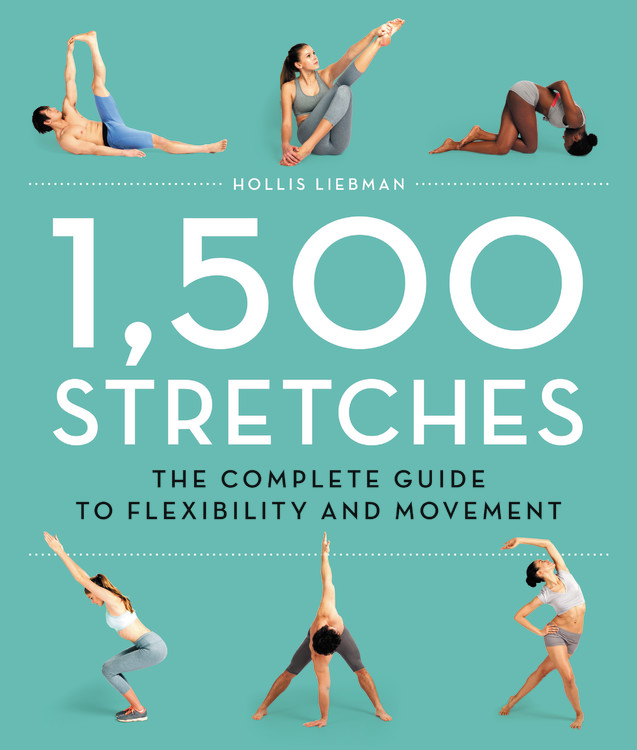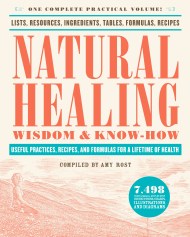Promotion
Use code BEST25 for 25% off storewide. Make sure to order by 11:59am, 12/12 for holiday delivery!
By clicking “Accept,” you agree to the use of cookies and similar technologies on your device as set forth in our Cookie Policy and our Privacy Policy. Please note that certain cookies are essential for this website to function properly and do not require user consent to be deployed.
1,500 Stretches
The Complete Guide to Flexibility and Movement
Contributors
Formats and Prices
- On Sale
- Oct 24, 2017
- Page Count
- 736 pages
- Publisher
- Black Dog & Leventhal
- ISBN-13
- 9780316440356
Price
$40.00Price
$51.00 CADFormat
Format:
Hardcover $40.00 $51.00 CADThis item is a preorder. Your payment method will be charged immediately, and the product is expected to ship on or around October 24, 2017. This date is subject to change due to shipping delays beyond our control.
Buy from Other Retailers:
1,500 Stretches offers a comprehensive collection of stretches organized by body part–back, calf, hamstrings, chest and many more. Each stretch is demonstrated with full-color photographs. The steps are easy to follow and explain what muscle groups are targeted and that stretch’s benefits for pain relief and physical appearance. There are additional chapters on yoga and partner stretches and the importance of stretching correctly.1,500 Stretches provides practical advice to feeling and looking your best.
Newsletter Signup
By clicking ‘Sign Up,’ I acknowledge that I have read and agree to Hachette Book Group’s Privacy Policy and Terms of Use







